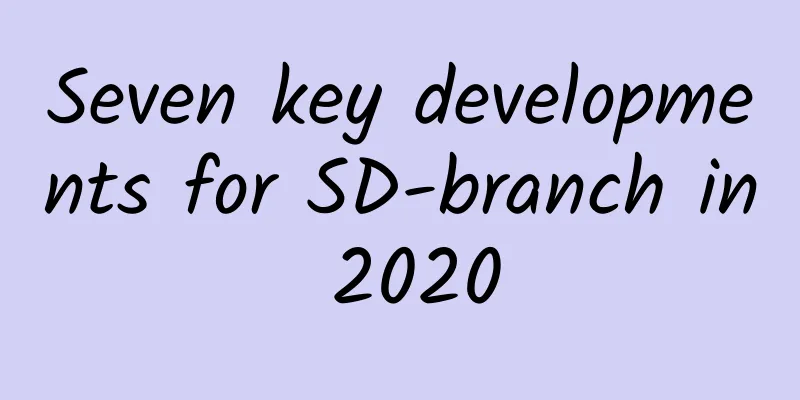5G core network architecture and some basic concepts

|
The 5G wireless access network architecture mainly includes the 5G access network and the 5G core network, where NG-RAN represents the 5G access network and 5GC represents the 5G core network. What does the 5G core network mainly include? Let’s first talk about the key AMF, SMF, and UPF.
Let's take a look at the 5G system architecture diagram: AMFSMFUPF is in the main role. AMF carries the following main functions: The access and mobility management function (AMF) includes the following functions. Some or all of the AMF functions may be supported in a single instance of AMF:
Regardless of the number of network functions, there shall be only one instance of the NAS interface per access network between the UE and the CN, terminating in at least one of the network functions implementing NAS security and mobility management. In addition to the above AMF functions, AMF can also include the following functions to support non-3GPP access networks:
Note: Not all features are necessarily supported in an instance of a network slice. UPF carries the following main functions The User Plane Function (UPF) includes the following functions. Some or all of the UPF functions can be supported in a single instance of UPF:
The Session Management Function (SMF) carries the following main functions The Session Management Function (SMF) includes the following functions. Some or all of the SMF functions can be supported in a single instance of SMF:
Roaming function:
|
Recommend
TmhHost is 30% off during the summer vacation, starting from 24 yuan/month, Hong Kong CN2/Los Angeles CN2/Los Angeles High Defense/Japan Softbank lines are available
During the summer vacation, TmhHost offers a 30% ...
How powerful is pooling technology? I was shocked by the comparison between threads and thread pools!
[[335212]] This article is reprinted from the WeC...
How to fight the emergency communication battle in the “golden 72 hours”?
Life is the most important thing, and unity is st...
Vultr US Silicon Valley Data Center VPS Simple Test
I haven't shared information about Vultr for ...
Apple CEO Cook: 5G promotion is still in the "early stages"
Apple CEO Tim Cook believes that 5G promotion is ...
SD-WAN is about to dominate edge networks
Network transmission is like playing a team battl...
Slow Internet speed? These 8 methods can completely solve it
Here are 8 ways to fix a slow Internet connection...
Behind Baidu’s keyword search: Be aware of fraud risks and borrowing costs being raised in disguise?
[[387830]] Has Baidu failed to fulfill its duty i...
5G, IoT and AI: Art and tech jobs for 2021
We are witnessing a massive transformation in the...
10 Useful HTML File Upload Tips
[[351004]] The ability to upload files is a key r...
Mobile networks want to kill WiFi, but it won’t work in China
According to a recent report by OpenSignal Mobile...
5G accelerates the process of 2G/3G network withdrawal in my country
Recently, British mobile operator Three UK has de...
Guangzhou Hongfang Zhou Jiaxing: Ruijie system engineer's growth story of "upgrading and fighting monsters"
Zhou Jiaxing, Director of the Authorized Service ...
If you were asked to design the SSL/TLS protocol
Preface Speaking of network communication protoco...
Inventory of URLError and HTTPError exception handling methods
[[390611]] 1. Introduction This article mainly ta...









